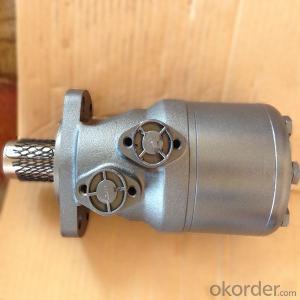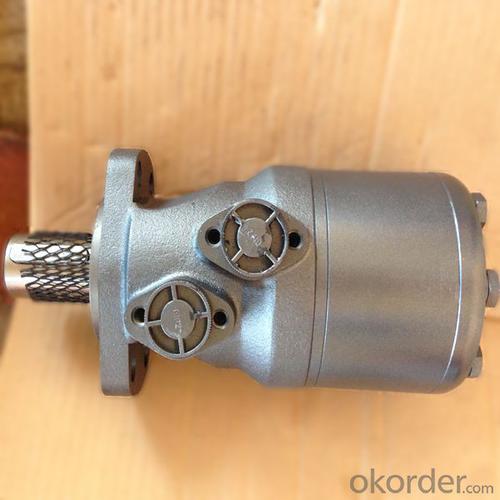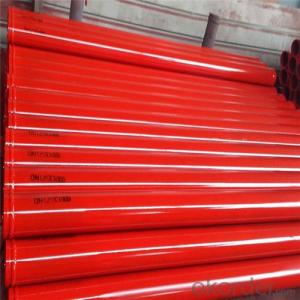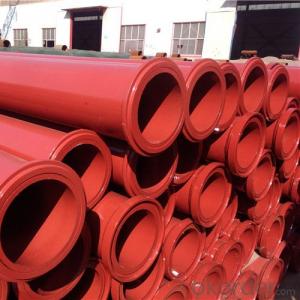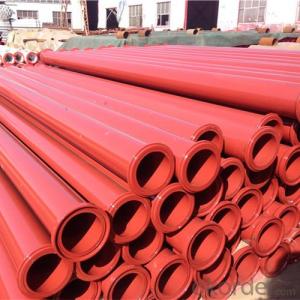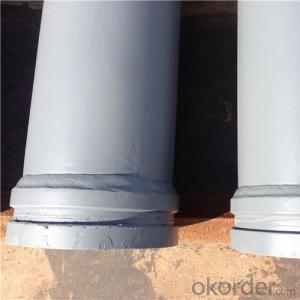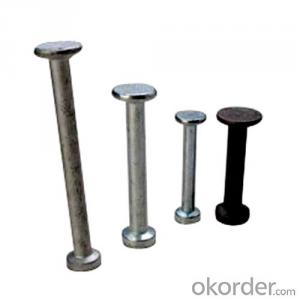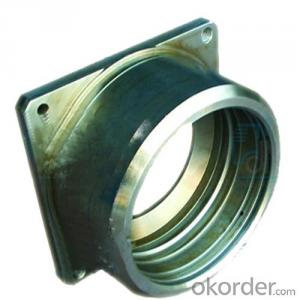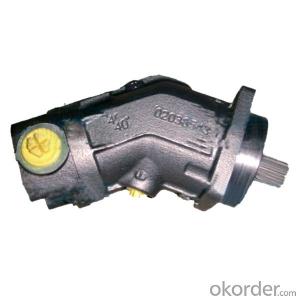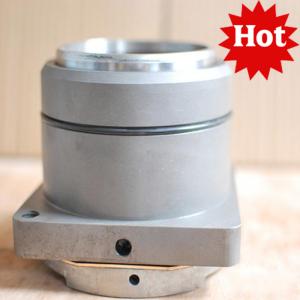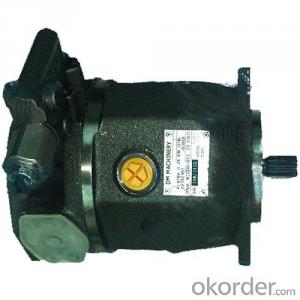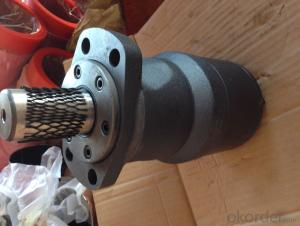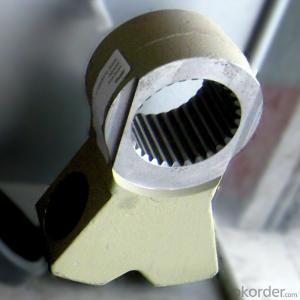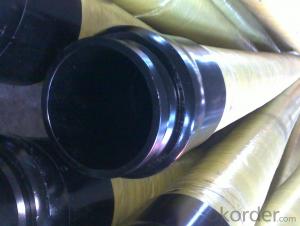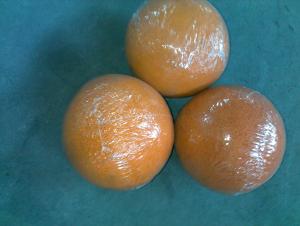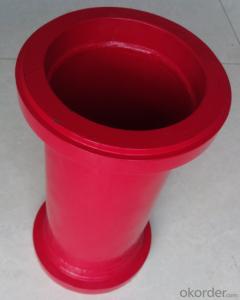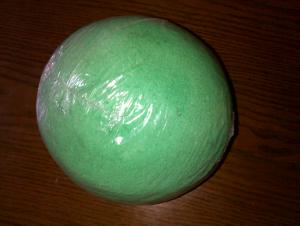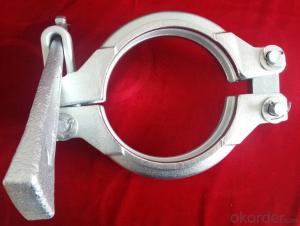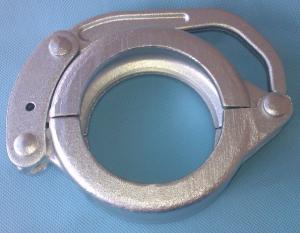Concrete Pumps Spare Parts Hydraulic Motor OMH 500
- Loading Port:
- Tianjin
- Payment Terms:
- TT OR LC
- Min Order Qty:
- 1 pc
- Supply Capability:
- 1000 pc/month
OKorder Service Pledge
OKorder Financial Service
You Might Also Like
Product Description:
The Concrete Pumps Spare Parts Hydraulic Motor OMH 500 normally made by special steel materials, according to customer’s requests, and also package in plywood box and put into container.
Scope of Application of the motore
The Concrete Pumps Spare Parts Hydraulic Motor OMH 500 is a concrete pumps parts for concrete pumps combined use with other concrete parts. It can be widely used in the pumps construction of various types of concrete structures like industrial and civil buildings, bridges, roads, and other types of infrastructure.
This pipes can only be used in concrete construction operations, but not in any other operations, like dragging, moving, or hoisting heavy articles or personnel. The motor is also not allowed to be used in any other machinery such as road roller.
Product Advantages:
OKorder's Concrete Pumps Spare Parts Hydraulic Motor OMH 500 Channels are durable, strong, and safety.
Main Product Features:
· Premium quality
· Prompt delivery & seaworthy packing (5-10 days)
Reliable performance
Easy to weld
High safety.
· Professional Service
· Competitive pricing
Measuring of wall thickness from the outside
Low purchase cost
Specifications:
CNBM No. | 2000032 |
Original No. | 238130001 |
Description | Hydraulic Motor |
Remark | OMH 500 |
FAQ:
Q1: How long about delivery time Concrete Pumps Spare Parts Hydraulic Motor OMH 500 ?
A1: Normally we keep the raw materials for old customers and sometime we also keep stock products to make sure delivery time in any emergency cases.
Q2: How do we guarantee the quality of our Concrete Pumps Spare Parts Hydraulic Motor OMH 500 ?
A2: We have established an advanced quality management system which conducts strict quality tests at every step, from raw materials to the final product. At the same time, we provide extensive follow-up service assurances as required.
Q3: How soon can we receive the product after purchase?
A3: Within three days of placing an order, we will book the vessel for goods. The specific shipping date is dependent upon international and government factors, but is typically 7 to 30 workdays.
Q4: If we can produce some goods according to customers request?
A4: Yes, we can produce Hydraulic Motor OMH 500 according to the difference country situations to make it suitable to the market and customers. We have very professional technical team to make the design.
Q5: How to make a quick resolution for after service?
A5: OKorder and our manufacture both have overseas branches all-around of world.
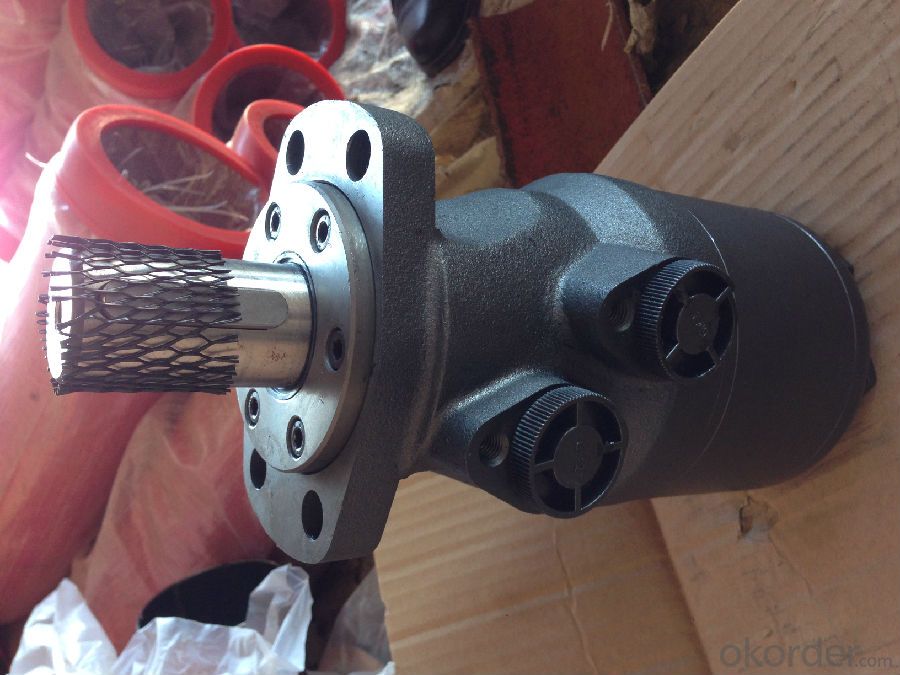
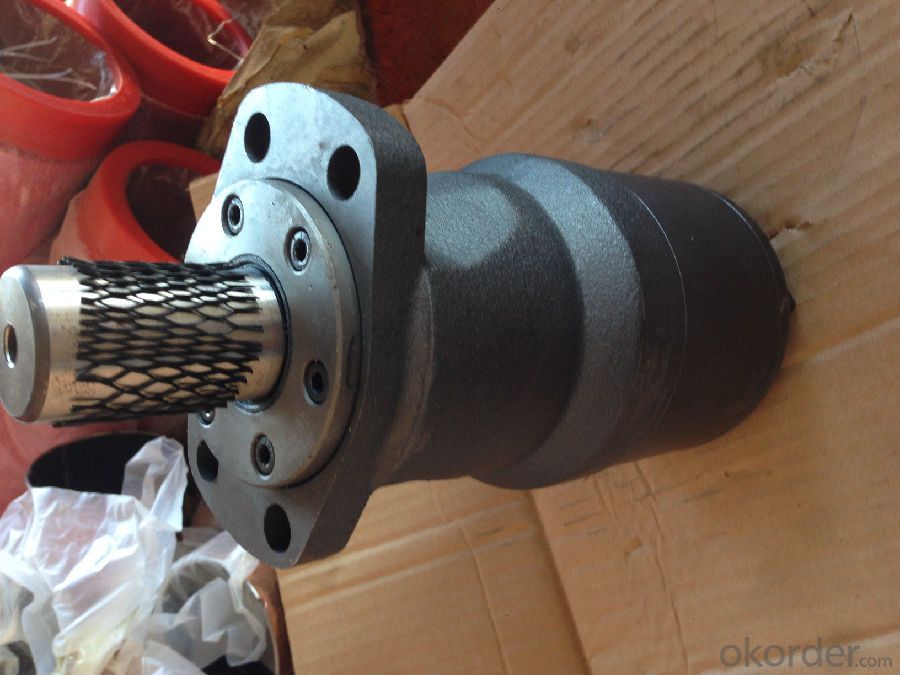
- Q: How do I determine the correct temperature ratings for concrete pump spare parts?
- To determine the correct temperature ratings for concrete pump spare parts, you should refer to the manufacturer's guidelines or specifications. These documents usually provide information on the recommended temperature range within which the parts can function effectively and safely. It is essential to follow these guidelines to ensure the longevity and performance of the spare parts in your concrete pump system.
- Q: Are there any specific tools or equipment required for the installation of concrete pump spare parts?
- Concrete pump spare parts installation requires specific tools and equipment. The necessary tools include wrenches and sockets for bolt and nut tightening, hydraulic jacks for lifting heavy parts, and a crane or hoist for positioning extremely heavy components. To ensure secure installation, a torque wrench is used to tighten bolts to the correct torque specifications. Lubrication is achieved using a grease gun to apply grease to moving parts. Measuring tools like tapes or rulers are used for precise positioning and alignment. Safety goggles, gloves, and other protective gear should be worn during the installation process to prevent injuries. It is crucial to consult the manufacturer's instructions or seek professional assistance for proper installation, as the required tools and equipment may vary depending on the concrete pump's type and complexity.
- Q: How often should a concrete pump spectacle plate be replaced?
- The frequency at which a concrete pump spectacle plate should be replaced largely depends on various factors such as the type of concrete being pumped, the intensity and duration of usage, and the overall maintenance and care given to the pump. However, as a general guideline, it is recommended to inspect and assess the condition of the spectacle plate regularly and replace it if any signs of wear, damage, or deformation are noticed. In some cases, this might be needed every few months, while in others it could be extended to a year or more. It is crucial to follow the manufacturer's recommendations and consult with industry professionals to determine the appropriate replacement schedule for the spectacle plate in order to maintain the optimal functioning and safety of the concrete pump.
- Q: How long does it take to receive concrete pump spare parts after ordering?
- The time it takes to receive concrete pump spare parts after ordering can vary depending on various factors such as the supplier's location, shipping method chosen, and availability of the specific parts. It is recommended to contact the supplier directly for an estimated delivery timeline.
- Q: How can a malfunctioning control box affect the pump's operation?
- A malfunctioning control box can disrupt the pump's operation in several ways. It may fail to send accurate signals to the pump, leading to incorrect speed or pressure settings. This can result in inadequate water flow or excessive pressure, affecting the pump's efficiency and potentially causing damage. Moreover, a malfunctioning control box might also cause the pump to start or stop unexpectedly, leading to inconsistent operation and potential system failures.
- Q: How can one store and handle concrete pump spare parts to maintain their quality?
- To maintain the quality of concrete pump spare parts, it is crucial to store and handle them properly. Firstly, these spare parts should be stored in a clean and dry environment, away from moisture and direct sunlight. They should also be protected from dust and debris by using suitable covers or packaging. Additionally, it is important to handle them with care, avoiding any rough or improper handling that could cause damage. Regular inspection and maintenance of the spare parts should also be conducted to identify any signs of wear or corrosion, ensuring they are in optimal condition when needed for use.
- Q: Which height of concrete pump is the most practical?
- Concrete pump truck height, according to their engineering height to determine, in reality the most widely used is 46 or 47 meters, this height is moderate, suitable for most projects in use
- Q: Are there any specific troubleshooting steps for identifying issues with concrete pump spare parts?
- Yes, there are specific troubleshooting steps that can be followed to identify issues with concrete pump spare parts. 1. Visual Inspection: Conduct a thorough visual inspection of the spare parts, looking for any signs of wear, damage, or misalignment. Check for cracks, breaks, or any other visible signs of damage. 2. Functionality Test: Test the functionality of the spare parts by operating the concrete pump. Pay attention to any abnormal noises, vibrations, or irregular movements. This can help identify issues with the spare parts. 3. Pressure Test: Perform a pressure test to ensure that the spare parts can handle the required pressure. This can be done by connecting a pressure gauge to the pump and checking if it reaches the desired pressure levels. Any abnormal pressure fluctuations can indicate issues with the spare parts. 4. Flow Test: Conduct a flow test to evaluate the flow rate of the concrete through the pump. Check if the flow is consistent and smooth. Any blockages or irregular flow patterns can indicate issues with the spare parts. 5. Check for Leaks: Inspect the spare parts for any leaks or fluid seepage. Leaks can indicate faulty seals, gaskets, or fittings. Use a suitable leak detection method, such as using a dye or pressure test, to identify the source of the leak. 6. Consult Technical Manuals: Refer to the technical manuals provided by the manufacturer for troubleshooting guidelines specific to the concrete pump spare parts. These manuals often contain detailed troubleshooting steps and recommended solutions for common issues. 7. Seek Expert Advice: If you are unable to identify the issue or troubleshoot effectively, it is advisable to consult with a qualified technician or the manufacturer's technical support team. They can provide expert guidance and assistance in identifying and resolving complex issues with concrete pump spare parts. By following these troubleshooting steps, it becomes easier to identify any issues with concrete pump spare parts and take appropriate measures to address them promptly.
- Q: How often should concrete pump cylinders be inspected and replaced?
- Concrete pump cylinders should be inspected regularly, ideally on a daily basis, to ensure they are in proper working condition. The frequency of replacement depends on several factors including the intensity of usage, maintenance practices, and the quality of the concrete being pumped. Generally, concrete pump cylinders should be replaced when they show signs of significant wear and tear or when they no longer meet the required performance standards.
- Q: How often should agitator shaft seals be replaced in a concrete pump?
- Several factors influence the frequency of agitator shaft seal replacement in a concrete pump. These factors include the type and quality of the seal, the pump's operational conditions, and the user's maintenance practices. However, as a general rule, it is advisable to inspect and replace agitator shaft seals every 500 to 1,000 operating hours or annually, whichever comes first. Regular inspection of the seals is essential. This is to detect any signs of wear, leakage, or damage. If any of these issues are found, immediate seal replacement is necessary. This is to prevent further damage to the pump and ensure optimal performance. It is also important to adhere to the manufacturer's instructions and recommendations for seal replacement. These instructions may be specific to the pump model and seal type. Proper maintenance practices, such as regular cleaning and lubrication of the seals, can help prolong their lifespan. This can also reduce the need for frequent replacements. It is important to remember that failure to replace worn or damaged agitator shaft seals in a timely manner can result in increased downtime, decreased efficiency, and potential damage to other pump components. Therefore, regular inspection and replacement of agitator shaft seals should be prioritized to ensure the smooth operation and longevity of the concrete pump.
Send your message to us
Concrete Pumps Spare Parts Hydraulic Motor OMH 500
- Loading Port:
- Tianjin
- Payment Terms:
- TT OR LC
- Min Order Qty:
- 1 pc
- Supply Capability:
- 1000 pc/month
OKorder Service Pledge
OKorder Financial Service
Similar products
Hot products
Hot Searches
Related keywords
